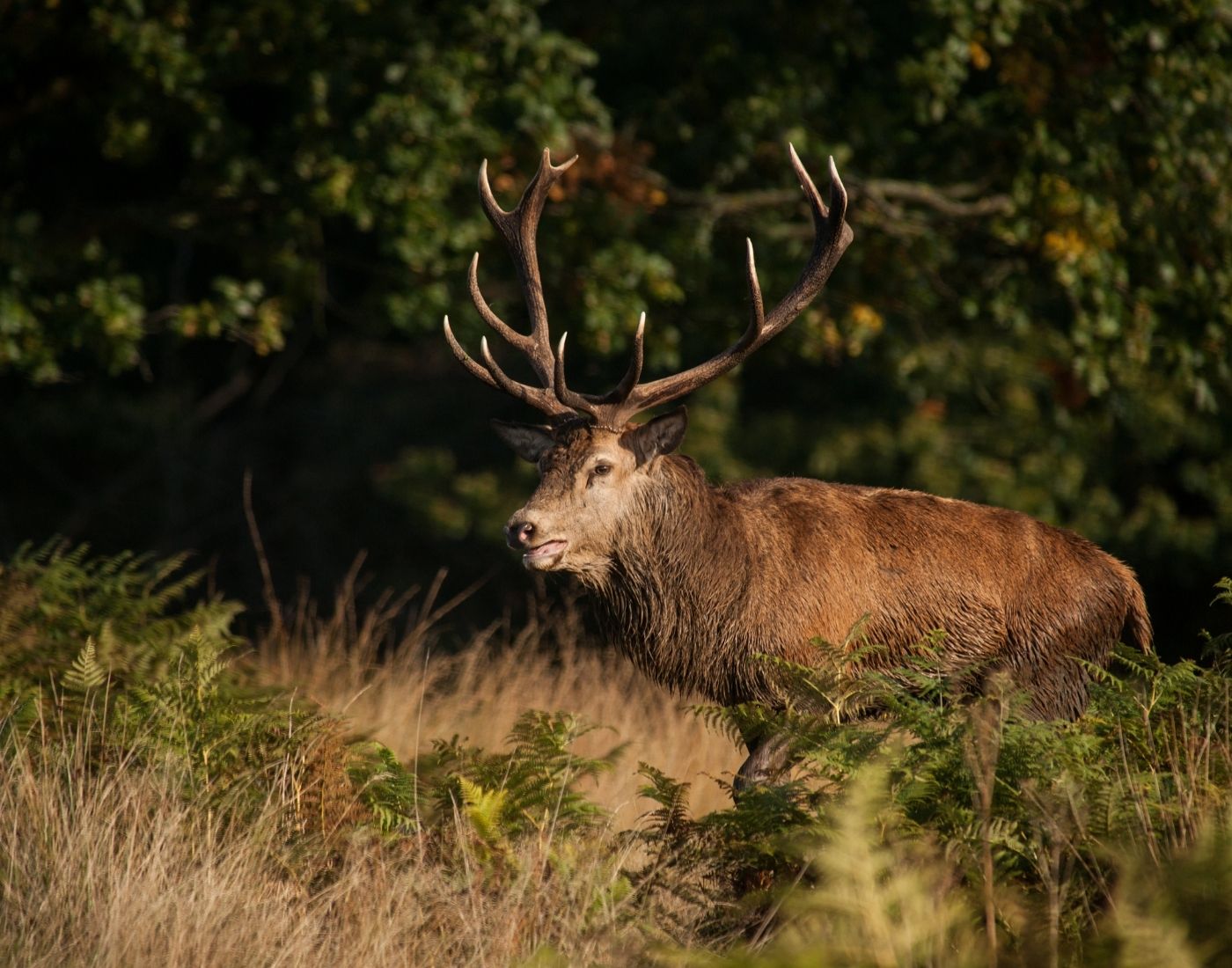The specific requirements for wild game meat production are set out in Annex III, Section IV of Retained EU Regulation 853/2004.
The critical difference in production practice (compared to farmed animal production) is reliance on the ‘trained person’ in the field providing the necessary assurances to food producers downstream that the animals killed are considered fit for human consumption.
The Wild Game Guide (WGG) provides full information on the hygiene regulations for food businesses that supply wild game and for people who hunt wild game and supply it either in-fur or in-feather or as small quantities of wild game meat.
This guide is for:
- those who shoot and/or supply wild game,
- enforcement officers and
- retailers and processors
More detailed information for each supply scenario is available in the guide. We are currently consulting on this guidance document in so if you have any comments on the guide please send them to foodenquiries@fss.scot.

